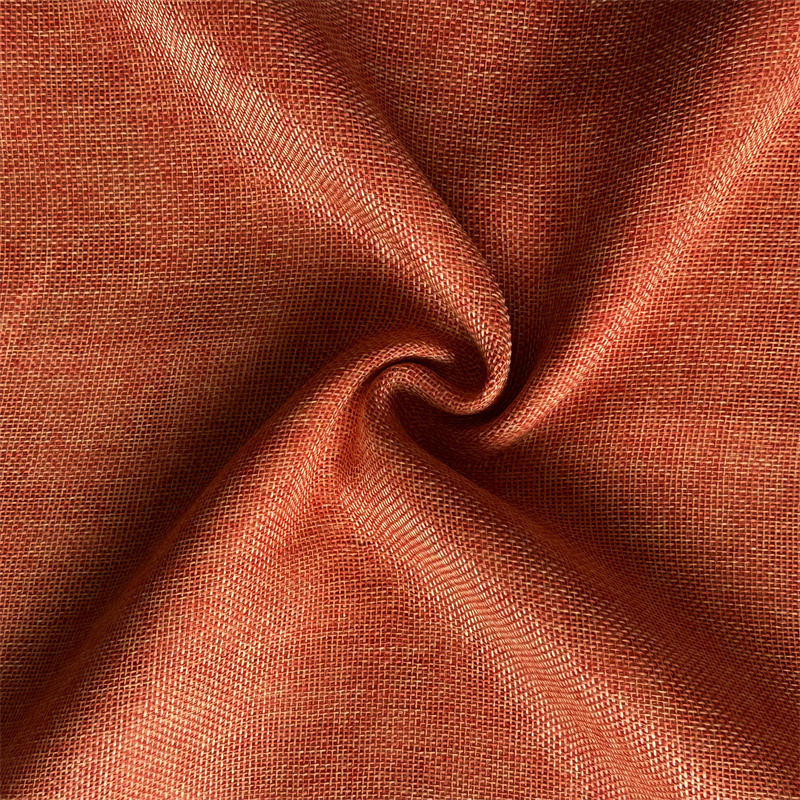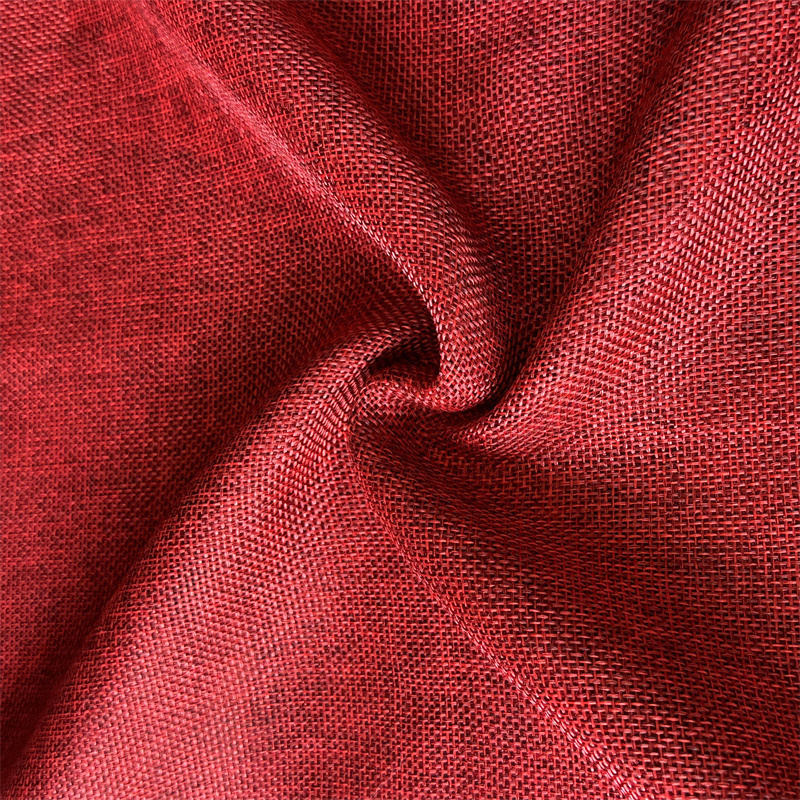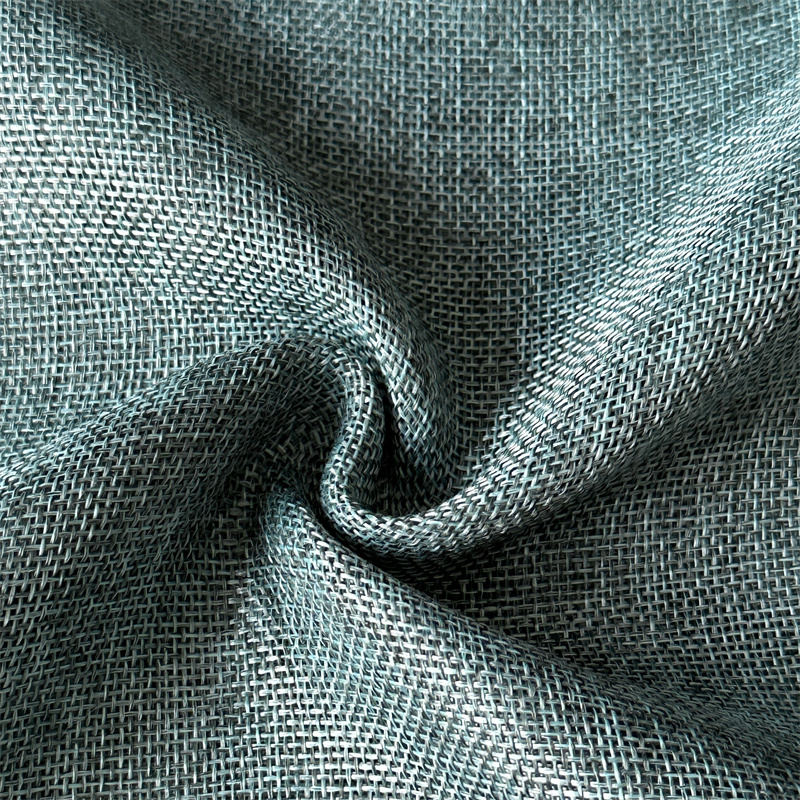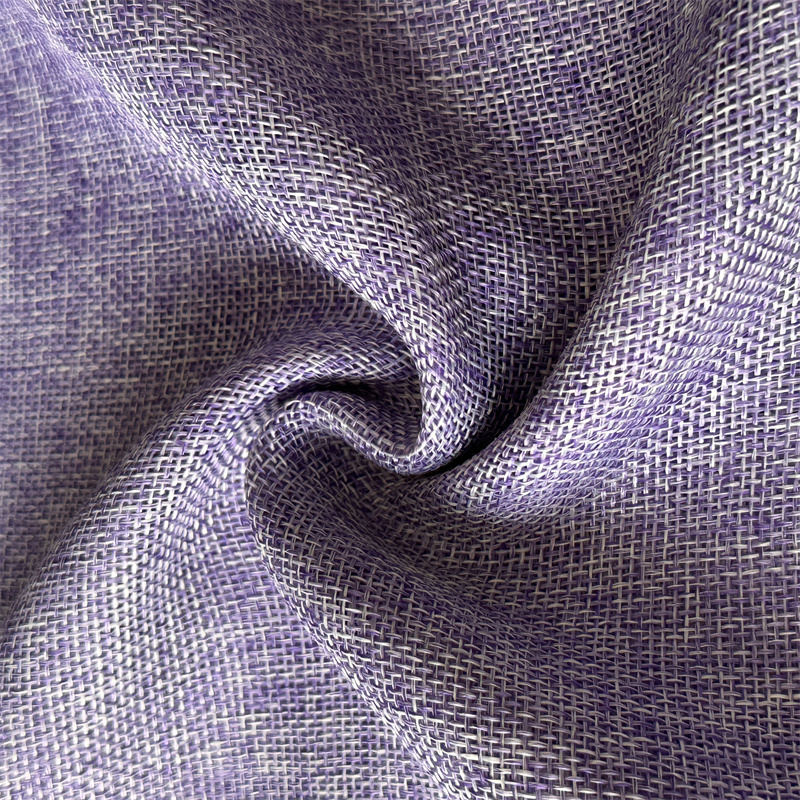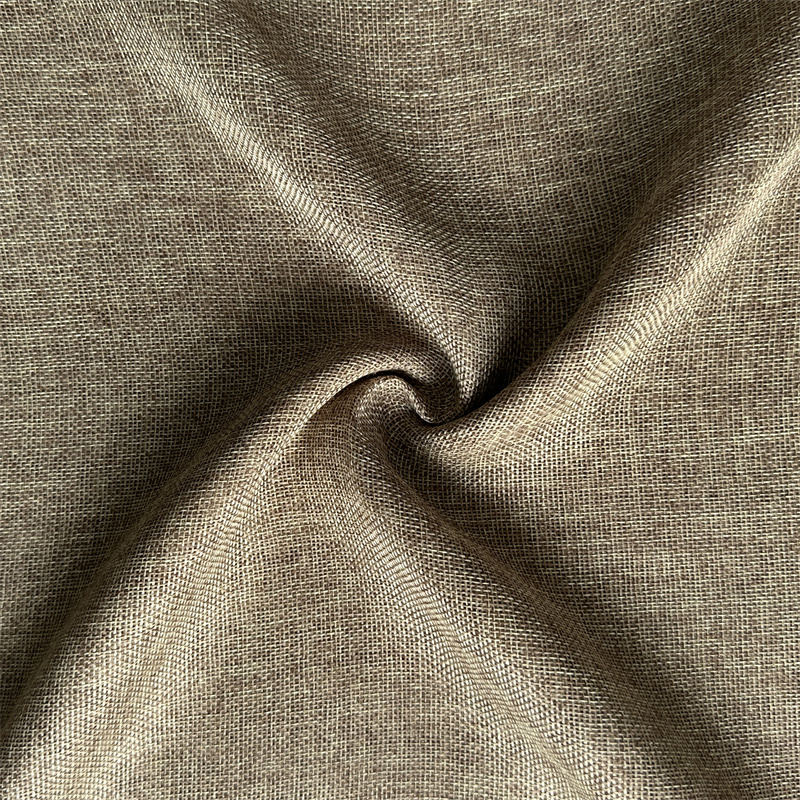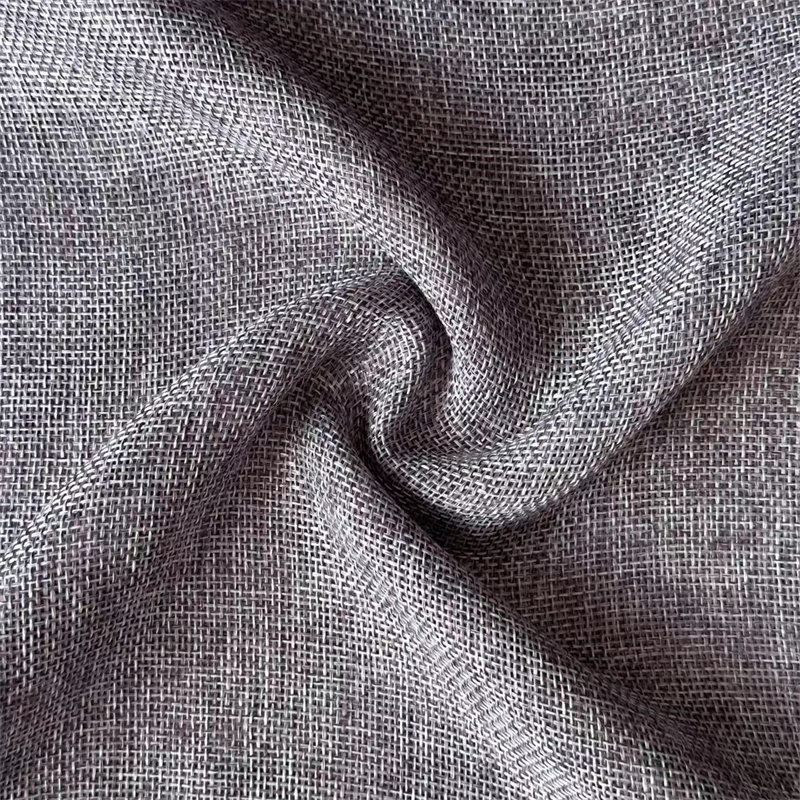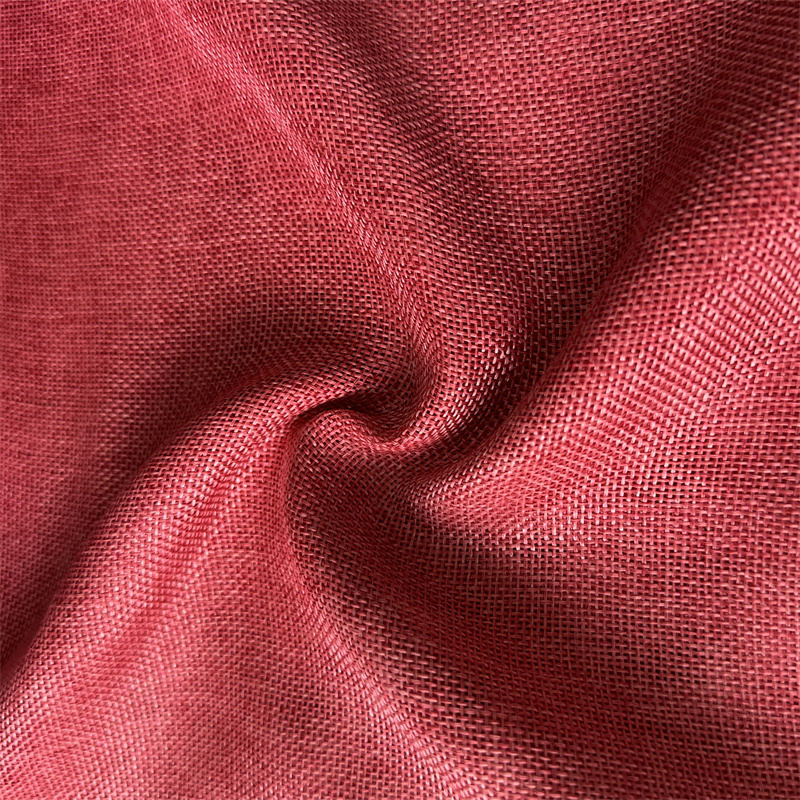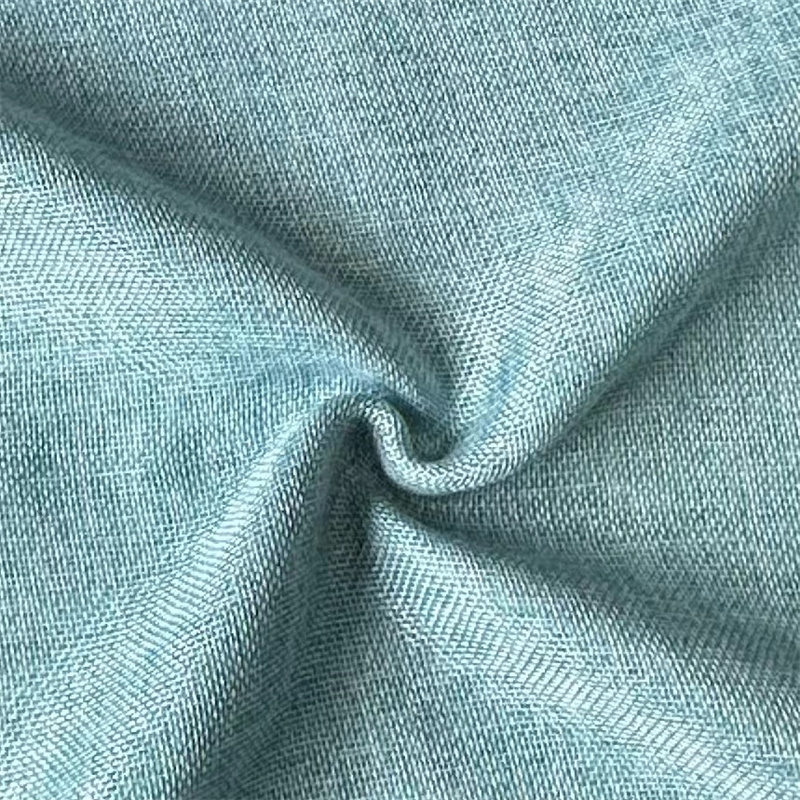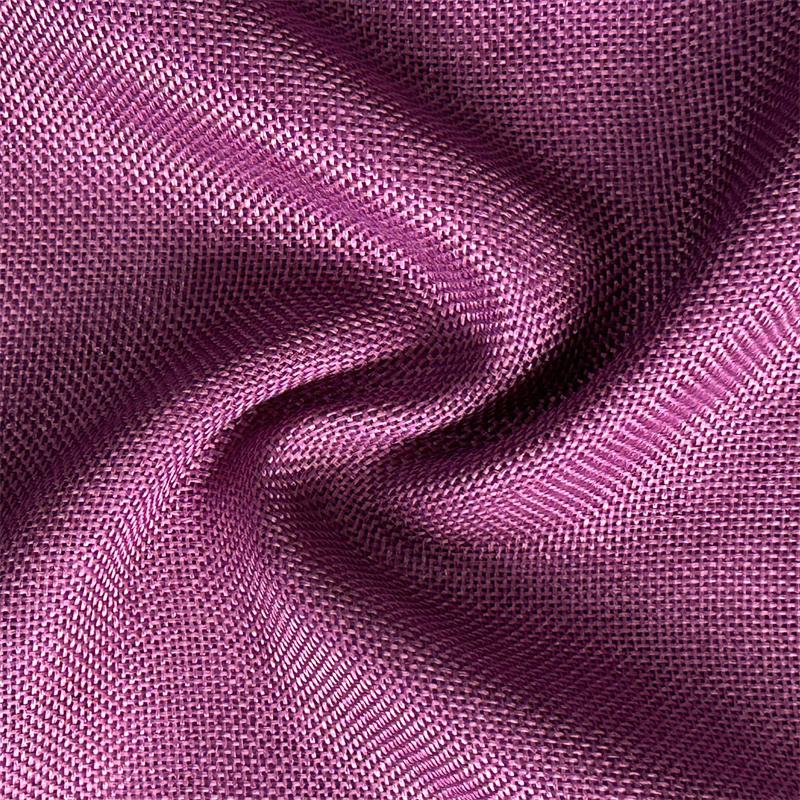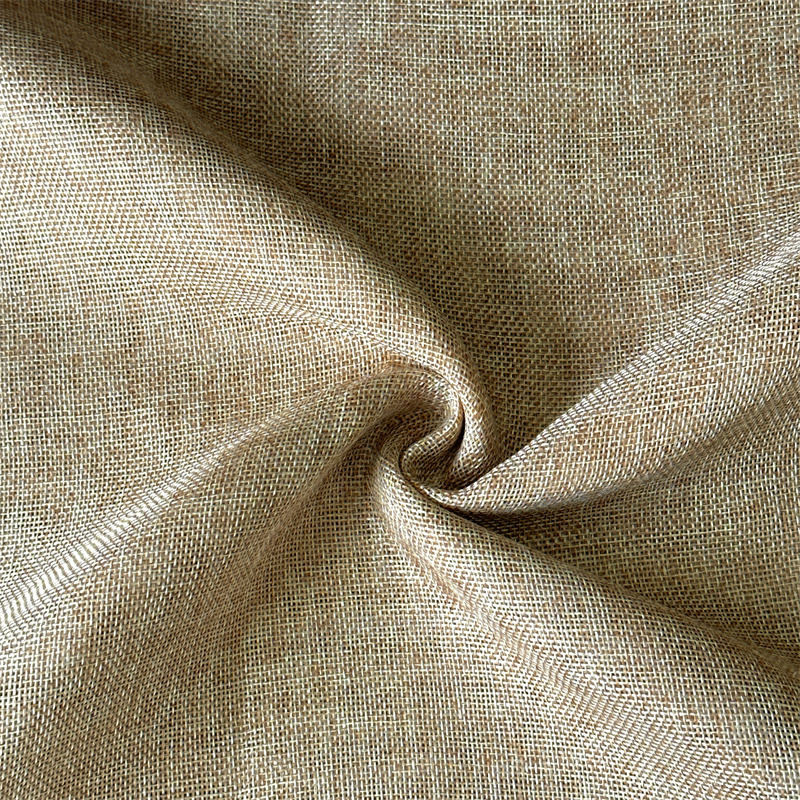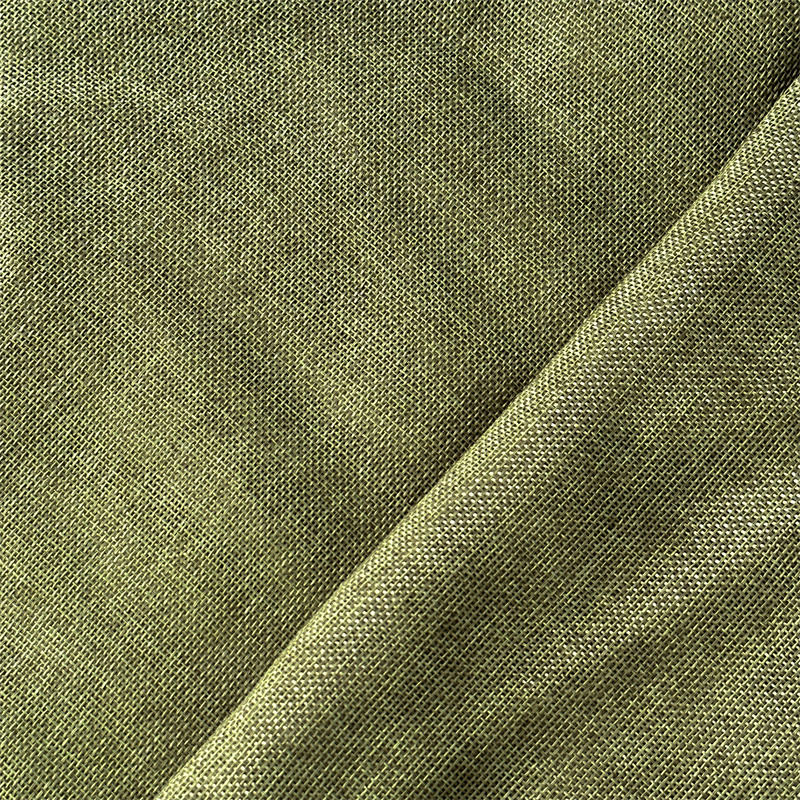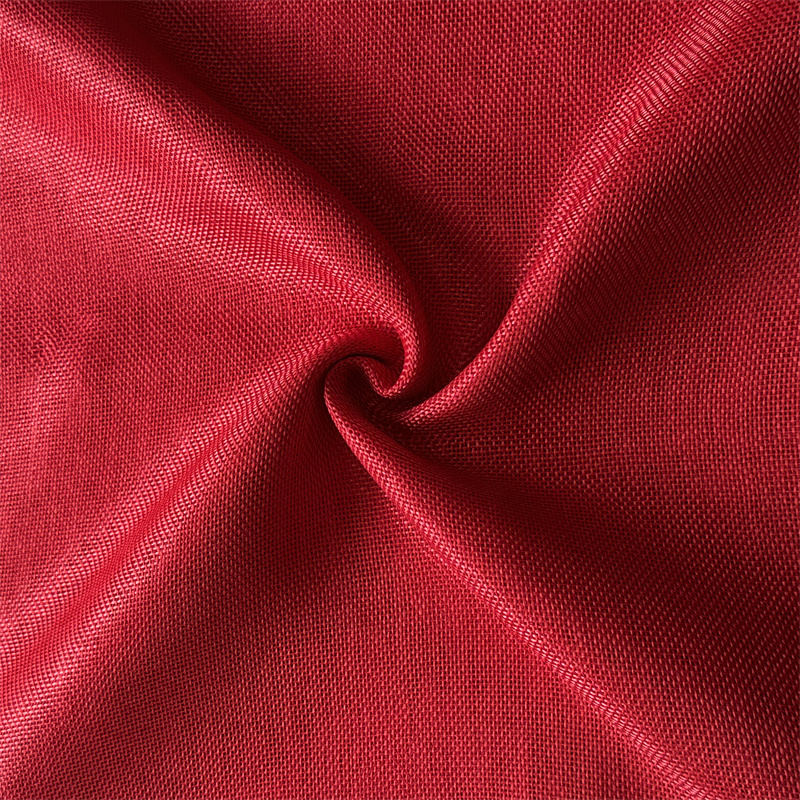Chenille fabric has become a beloved material in both home décor and fashion due to its uniquely soft texture and luxurious appearance. Recognizable by its velvety surface and caterpillarlike yarns, chenille combines comfort with elegance, making it a popular option for upholstery, blankets, cushions, clothing, and more. The word "chenille" itself means "caterpillar" in French, which perfectly describes the fuzzy texture that characterizes this textile.
In this article, we’ll explore what chenille fabric is, how it is made, its special properties, advantages, and common applications in modern homes and wardrobes.
What Is Chenille Fabric?
Chenille fabric is a woven textile made from chenille yarn, which has a soft, fuzzy pile that gives the fabric a plush, velvety feel. Chenille yarn is produced by twisting short lengths of fiber (called pile) between two core yarns. This method traps the fibers at right angles, creating a soft, tufted surface that resembles the texture of a fuzzy caterpillar.
The fabric can be made from various fibers such as:
Cotton – soft and breathable, commonly used for throws and bedding.
Polyester – durable and wrinkleresistant, often found in upholstery and decorative textiles.
Acrylic – lightweight and warm, suitable for winter apparel.
Rayon or blended fibers – adds a silklike sheen and smoothness.
How Is Chenille Fabric Made?
The process of creating chenille fabric begins with the production of chenille yarn. This involves:
1. Cutting pile yarns into short lengths.
2. Twisting the pile between two core yarns in opposite directions.
3. Weaving the chenille yarn into fabric using standard looms, where the fuzzy yarns sit on the surface to form a textured finish.
The result is a fabric with a soft, dimensional appearance and rich color depth due to how the light reflects off its textured surface.
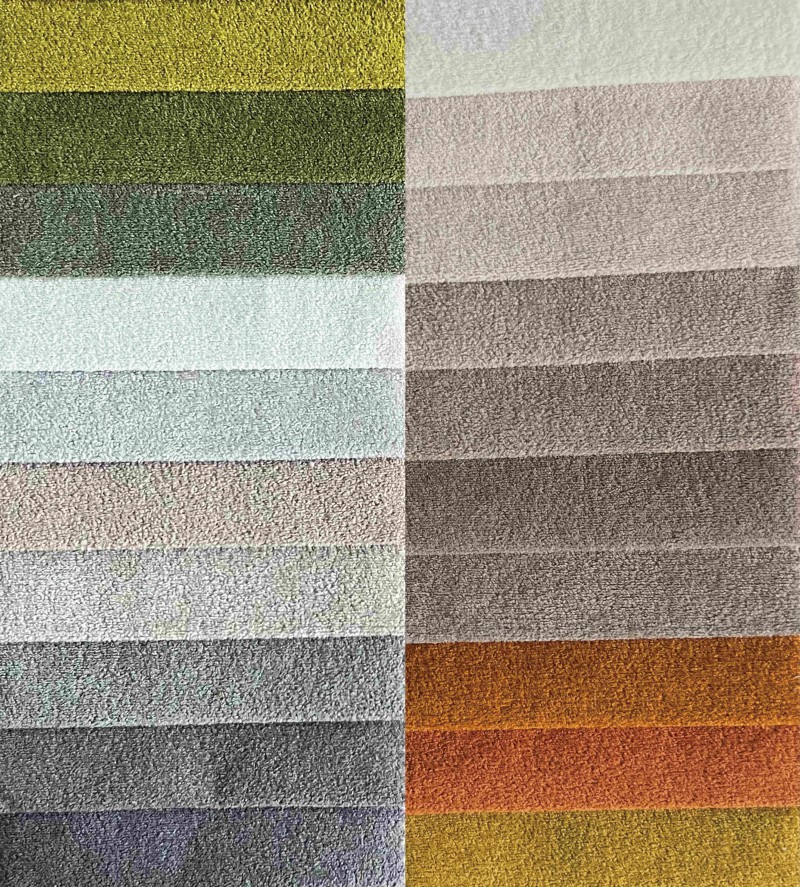
Key Characteristics of Chenille Fabric
Chenille fabric is widely appreciated for the following attributes:
Softness: One of the softest textiles available, chenille offers comfort and coziness ideal for home and clothing use.
Thick Texture: The dense pile gives the fabric a plush, cushioned feel that adds warmth and insulation.
Rich Color and Sheen: The fibers catch light at different angles, giving chenille a luxurious, shimmery appearance.
Versatility: Suitable for both traditional and contemporary designs in fashion and interiors.
Durability: When made with synthetic or blended fibers, chenille can withstand regular use and wear.
However, its surface texture can make chenille prone to crushing or snagging, so care should be taken during cleaning and use.
Common Applications of Chenille Fabric
Thanks to its softness, durability, and visual appeal, chenille fabric is used in a wide variety of products across several industries:
1. Home Furnishings
Chenille is especially popular in home décor, where comfort and aesthetics matter.
Upholstery: Often used for sofas, armchairs, and ottomans due to its cozy feel and attractive finish.
Throw Blankets: Chenille throws add a touch of luxury to couches or beds.
Cushions and Pillows: Soft to the touch and available in vibrant colors or patterns.
Curtains and Drapes: Offers a rich look with excellent drape and insulation properties.
Bedspreads and Comforters: Adds weight and warmth to bedding with a decorative edge.
2. Apparel and Accessories
Chenille is also a trendy material in fashion, especially for cooler seasons.
Sweaters and Cardigans: Popular for their softness and warmth.
Scarves and Hats: Provide warmth with a plush feel against the skin.
Loungewear: Comfortable for relaxing at home due to its smooth, cozy texture.
3. Rugs and Carpets
Some chenille fabric is used in rugs and carpets, especially for lowtraffic areas where a soft, decorative touch is desired.
4. Crafts and DIY Projects
Because of its softness and variety of textures, chenille is often used in hobbyist sewing, dollmaking, and other creative projects.
Advantages of Chenille Fabric
Chenille fabric offers a unique blend of comfort and visual appeal that sets it apart from other textiles:
Luxurious Feel: Feels gentle and soothing on the skin, making it ideal for blankets and garments.
Stylish Look: Its natural sheen and deep color saturation add sophistication to any space or outfit.
Warmth and Insulation: The dense weave traps heat, perfect for winterwear and cozy home décor.
Color Variety: Easy to dye and available in a wide range of shades and patterns.
These benefits make chenille a goto choice when both function and fashion are important.
Care and Maintenance
Chenille requires some special attention to maintain its appearance:
Vacuum upholstery gently to prevent the pile from flattening.
Spot clean spills immediately to avoid staining, especially for cotton chenille.
Machine wash only if the care label permits—some types require dry cleaning.
Avoid high heat in dryers; instead, airdry to preserve texture.
Use upholstery protectors if using chenille in hightraffic areas.
Proper care can significantly extend the lifespan of chenille fabric, keeping it soft and beautiful for years.
Conclusion
Chenille fabric combines tactile pleasure with visual richness, making it a standout material in both home and fashion textiles. Its softness, durability, and warm appeal allow it to play a versatile role in modern design, from plush furniture to stylish sweaters. While it does require mindful care, its benefits in comfort and aesthetics make it a favorite among designers, homeowners, and consumers alike.
As trends continue to shift toward comfortdriven living and tactile textiles, chenille fabric remains a timeless, cozy classic—perfect for those who want to blend elegance with everyday softness.


 中文简体
中文简体 Español
Español